Conveyor Belt Device
Ready to send
Please contact the sales department for sending the list and bulk purchase of products.
Immediate shipment of the product is possible.
$0
Dear user, prices are being updated, please contact us.
Conveyor Belt Device (Conveyor Belt)
The conveyor belt device, or to put it differently, the material transfer device or belt conveyor system, is employed based on the technological needs in the transport system of various mines such as coal, cement, and particularly in sand and gravel mines for washing, crushing, grading stages, and transferring rugged bulk materials to increase speed in production processes and automate them.
Different types of conveyors, in different systems, are among the basic material transfer tools for loading and unloading in factories and mining industries alongside other crushers and material transfer lines.
Design and production of different types of fixed and mobile conveyor belt devices with widths of 50, 60, 80, 100, 120, etc., specifically for crushers with strong chassis, and selling and supplying spare parts for crushers and conveyors including belt rubber, rollers, pulleys, gearboxes, pulleys, motors, and bearings at Avangard company are possible at reasonable prices and superior quality. For purchasing, ordering construction, and manufacturing the Loader Conveyor System, you can contact the sales experts.
What is a Belt Conveyor?
The Belt Conveyor, one of the most used conveyor devices in the mining industry, typically consists of types of plastic and is used for moving and transferring materials such as stones, sand, and other materials in bulk or packed form in various industries.
At Avangard, the following types of conveyors are sold:
- Fixed Conveyor Belt
- Mobile Conveyor Belt
- Conveyor Belt (with PVC belt)
- Conveyor Belt (with PU belt)
- Conveyor Belt (with PVG belt)
- Conveyor Belt (with Rubber or EP belt)
- Conveyor Belt (with Steel Cord belt)
- Conveyor Belt (with Heat Resistant belt)
Purchase of Conveyor Belt Device (Conveyor Belt)
To construct and purchase various types of fixed and mobile loader conveyor belts and other models of material handling and transfer equipment, get in touch with Avangard.
Technical Specifications of Conveyor Belt
The chassis of conveyor belts is often tubular or channel type, and the belt material can be of types such as PVG, PVC, PU, Steel Cord, or Rubber. Conveyor belts can be designed and manufactured in various lengths and widths between 50 to 120 cm. Typically, the load transfer capacity in conveyor belts depends on factors such as the belt’s movement speed and width, ranging from 500 to 5000 cubic meters per hour.
Types of Conveyor Belt Devices
The conveyor belts available in the mining industry are categorized into two types based on the belt material and transportability of the device, which will be discussed further.
Conveyor Belt Device Based on Transportability
-
Fixed Conveyor Belt Device
The fixed belt conveyor or fixed loader conveyor is designed and manufactured to remain in a fixed position and cannot be moved to another location.
-
Mobile Conveyor Belt Device
The mobile belt conveyor or mobile loader conveyor can be moved and re-installed in different locations or heights.
Conveyor Belt Device Based on Belt Material
-
Conveyor Device with PVC Belt
Conveyor device with PVC belt is of a hygienic type and used in food and pharmaceutical industries. PVC or Polyvinyl Chloride belts are usually produced in green and white colors and have high resistance to chemical and acidic substances.
-
Conveyor Device with PU Belt
Conveyor device with PU belt or Polyurethane, similar to PVC belts, is applicable in food and pharmaceutical industries, with high resistance to heat and especially acidic and alkaline substances.
-
Conveyor Device with PVG Belt
PVG conveyor belts are woven type belts combining PVC and rubber, resistant to moisture, slip, and abrasion. Belts with PVG are used in mines, especially sand and gravel mines in crushing lines, alongside crushers, underground coal mines, metallurgy, and chemical industries.
-
Conveyor Device with Steel Cord Belt
The conveyor device with Steel Cord belt consists of a galvanized and steel strip mixed with a special rubber, with a special rubber coating designed and installed on top and bottom, increasing belt resistance to heat, impact, and wear. Notably, conveyors made with Steel Cord belts are very suitable for transferring heavy materials over long distances.
-
Conveyor Device with Rubber Belt
The conveyor device with rubber belt or polyester type or EP belt, made of rubber or fabric and canvas, is mainly used in mineral industries. Rubber conveyor belts are made in plain and patterned types, with the patterned belt usually used for transferring materials on inclined surfaces.
-
Conveyor Device with Heat Resistant Belt
The conveyor device with heat resistant or PTFE belt is mesh-like, covered with fibers, and made with Teflon materials. This type of belt is used for transferring materials with very high temperatures, capable of resisting from below zero degrees to 300 degrees Celsius. Heat resistant conveyor belts are also used in drying lines.
Components of Belt Conveyor
The components of belt conveyor or belt conveyor device are similar to the overall structure of other conveyors. It should be noted that the belt conveyor generally consists of a chassis, usually made of pipe or channel, and a belt, defined by its material based on need and application, and a drum located at the head and tail of the device, responsible for moving the belt and adjusting its tension, suitable-sized roller equipment for reducing friction and adjusting belt tension, and finally, a gear motor that provides the necessary force.
Belt Conveyor Selection Guide
To correctly and methodically select a belt conveyor, we must first determine whether we want to install and commission the conveyor device in a fixed location or move its installation location and height periodically. If so, we should use a mobile loader conveyor. According to the aforementioned explanations, we can choose and purchase a fixed or mobile conveyor. Meanwhile, considering the targeted industry and the environment where the equipment will be applied, and the material specifications by the loader conveyor, we must choose the belt material correctly to achieve maximum efficiency and performance.
Advantages of Belt Loader Conveyor
Using a belt loader conveyor includes many advantages, some of which are mentioned below:
- Ability to transfer a large volume of materials
- High efficiency
- Lower costs
- Capability to transfer various bulk and packaged materials
- Reduction in required manpower
- Enhancement in safety
Applications of Belt Loader Conveyor
The belt loader conveyor can be utilized in various industries and sectors, including loading, transporting, and transferring bulk materials (such as minerals, stones, sand and gravel, agriculture, and food) as well as in packaged form in different production and assembly lines and packaging companies and sorting systems.
The belt loader conveyor is more commonly used in the following industries:
- Mines
- Mineral industries including mineral processing plants, and sand and gravel crushing and grading (asphalt plant, cement, etc.)
- Agriculture
- Food
- Pharmaceutical
- Chemical
Belt Loader Conveyor Price List
Apologies, all prices are being updated. Please contact Avangard sales unit for purchase price inquiry.
| No. | Description | Price |
| 1 | Price of Fixed Conveyor Belt Device | Contact us |
| 2 | Price of Mobile Conveyor Belt Device | Contact us |
| 3 | Price of Conveyor Belt Device with PVC Belt | Contact us |
| 4 | Price of Conveyor Belt Device with PU Belt | Contact us |
| 5 | Price of Conveyor Belt Device with PVG Belt | Contact us |
| 6 | Price of Conveyor Belt Device with EP or Rubber Belt | Contact us |
| 7 | Price of Conveyor Belt Device with Steel Cord Belt | Contact us |
| 8 | Price of Conveyor Belt Device with Heat Resistant Belt | Contact us |
Sale of Conveyor Belt Device (Conveyor Belt)
To purchase and supply various models of fixed and mobile loader conveyor devices and other material handling and transfer equipment according to your desired industry, you can contact Avangard sales experts for a reliable purchase at a reasonable price and high quality. Act now.
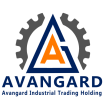
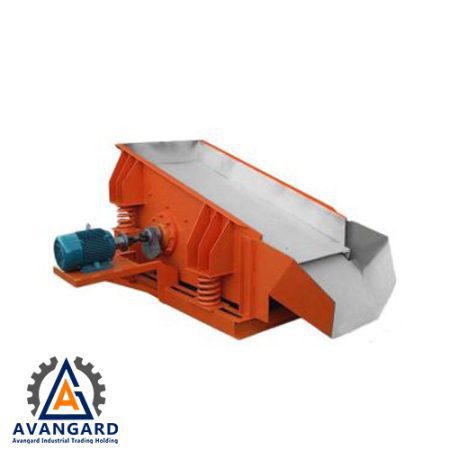
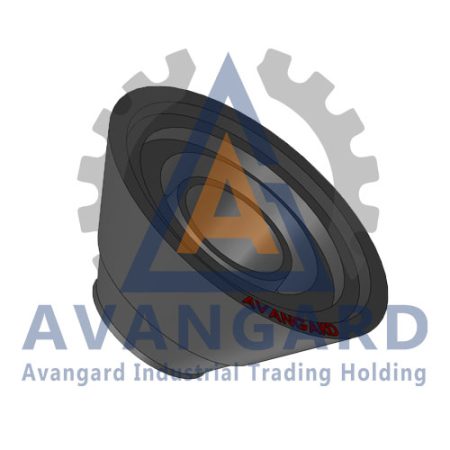

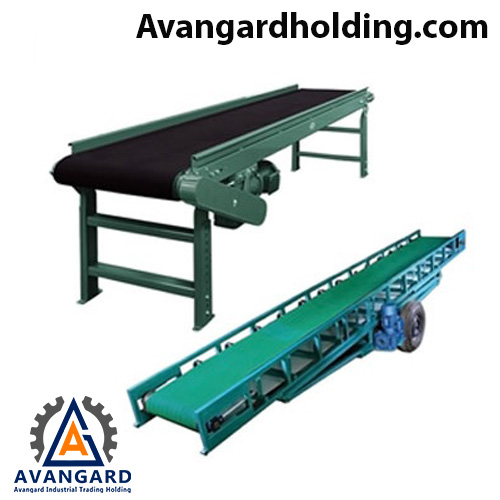
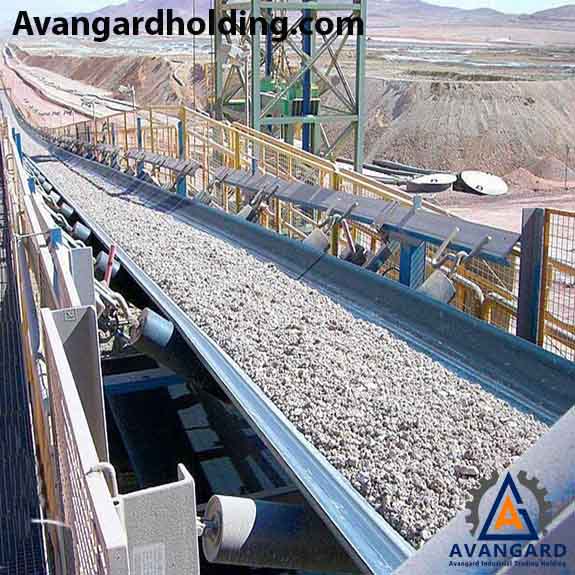
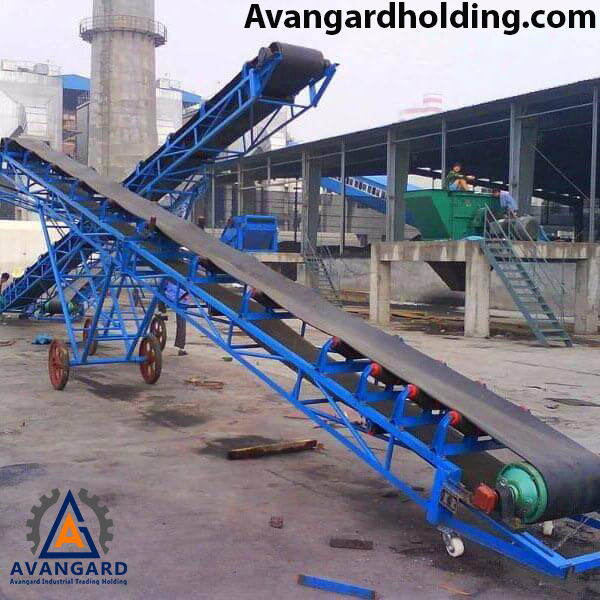
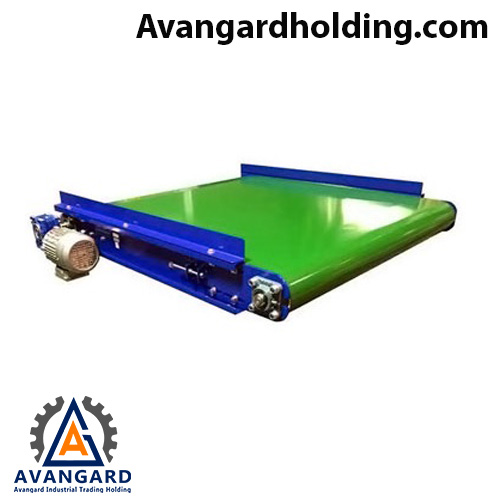
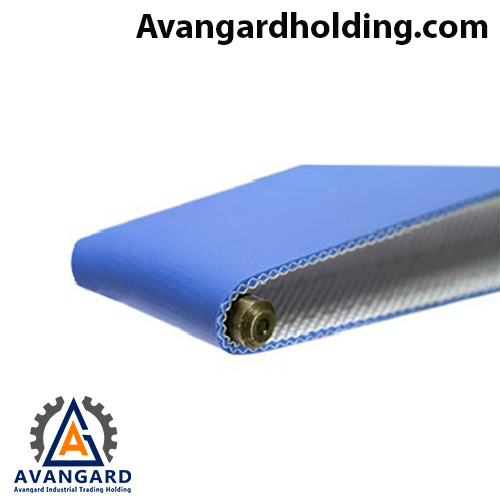
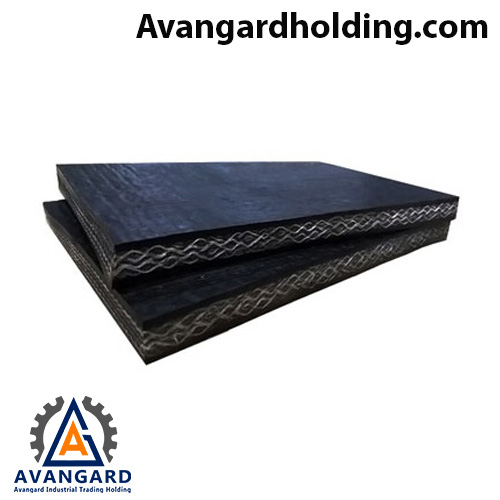
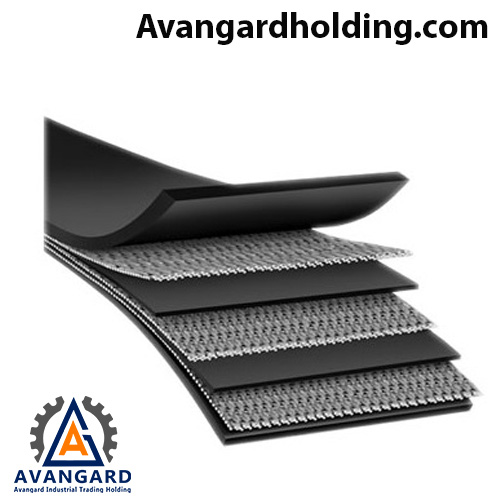
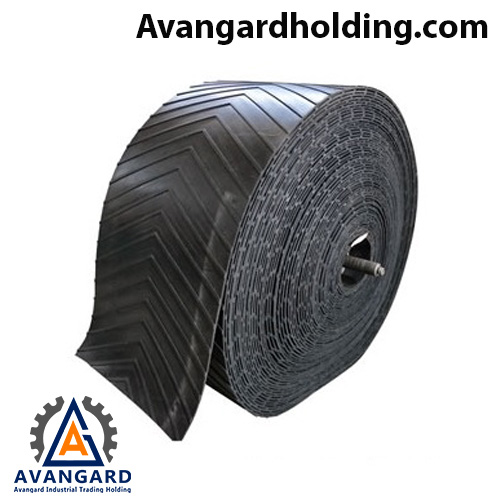
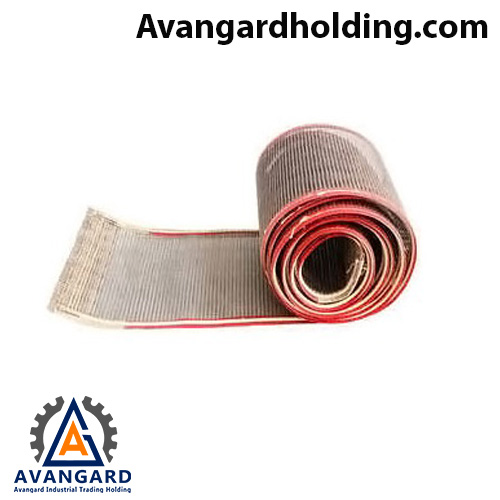
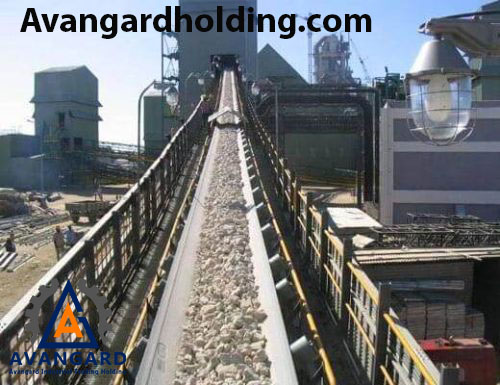
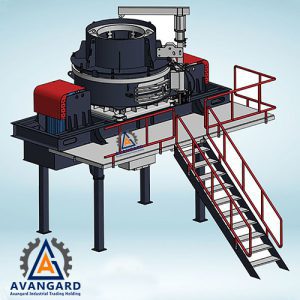
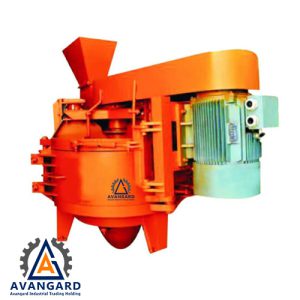
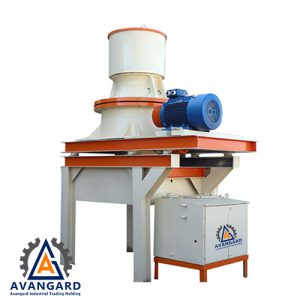
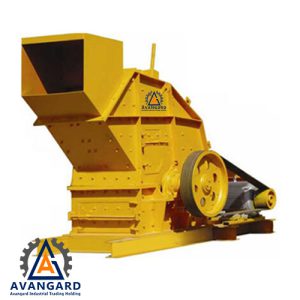
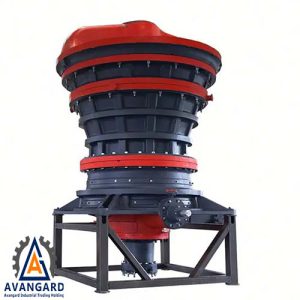
 فارسی
فارسی
Reviews
There are no reviews yet.